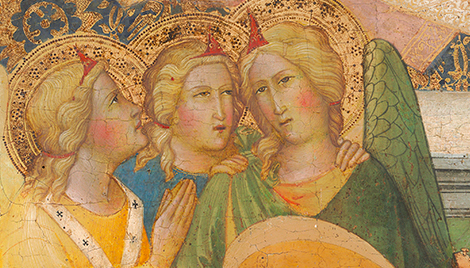Report: Digital Resources for the History of Art Grant Program (2007 – 2016)
The Kress Foundation launched its Digital Resources for the History of Arts grant program (now called the Digital Art History grant program) in 2007. This program reflects and embodies the Foundation’s strategic commitment to enable and encourage engagement with digital technologies on the part of art historians working in both the academy and museums. The Foundation had observed that while digital technologies seemed poised to transform scholarly practice as well as teaching and learning across the humanities, the field of art history had yet to engage fully with the promise represented by new and emerging technologies. Kress set out to help change that.
Through its Digital Resources for the History of Art grant program, Kress has sought to work with a range of partners (including both grantees and, importantly, fellow funders) to foster the development of new online resources and related software tools that respond to the distinctive needs of art historians, art conservators and art museum professionals; to provide widespread access to and training in the use of such resources; and to sponsor fellowship opportunities for art historians seeking intensive and sustained engagement with new technologies, and who are prepared to rethink traditional approaches to both teaching and scholarship.
With nearly a decade of funding data now at our disposal, it seems an opportune moment to reflect on the shape and impact of this grant program. An internal briefing for the Kress Board of Trustees was drafted earlier this year as part of a larger conversation about the future of the field and the Foundation’s strategic priorities. We share a summary distillation of that report here, intended to reflect one committed funder’s view of the evolving field of digital art history. We hope that our perspective might shed light on that field, and on the needs and aspirations of its growing ranks of practitioners.



